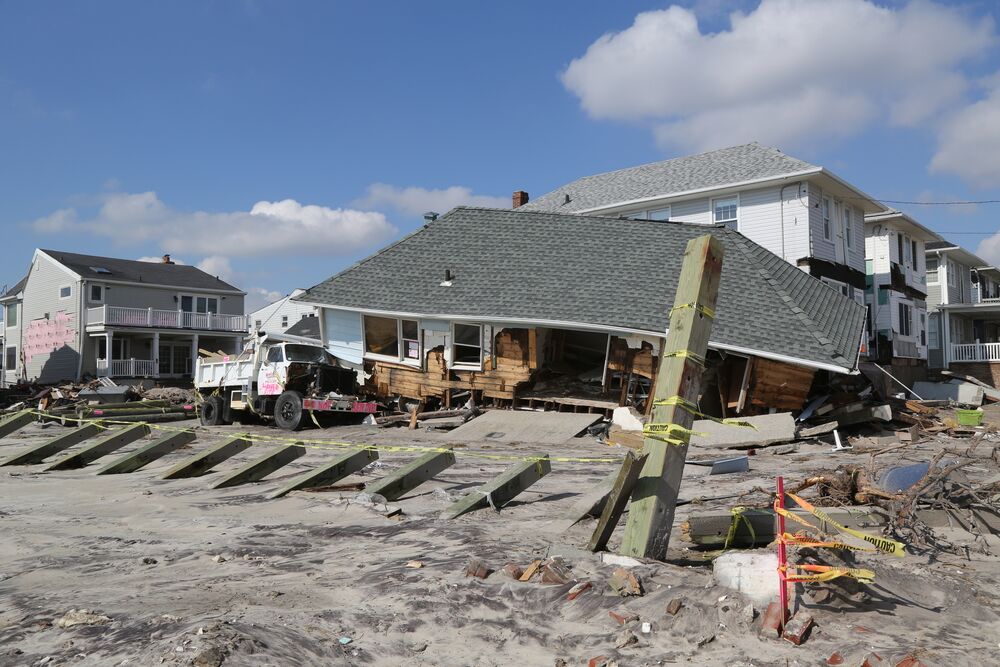The most important thing you need to do during a natural disaster is ensuring immediate safety measures like evacuation, preservation of important documents and items, and some food and water reserves.
Unfortunately, troubles do not end there. After surviving the imminent danger, making sure you stay fed, dry and healthy is a whole new spectrum of concerns you need to think about. Not only are people left to scavenge through their destroyed belongings and homes but they need to make themselves ready for possible harsh living conditions that can bring many dangers. People are put through a lot of stress and their mental, as well as physical stability are of high priority.

Rates of mortality are significant during natural disasters. It is important to take proper steps to prevent disease and possible death. Here are the major health concerns that homeowners often have to deal with in the aftermath of a natural disaster.
Mold
Mold is one of the most common risks that occur in the post-hurricane humid and damp environment. These conditions are ideal for the mold to grow. Mold can cause various problems, ranging from throat and eye soreness to severe respiratory diseases.
In perfect conditions, mold can spread very quickly and it is extremely important to take necessary preventive measures. Mold growth can begin within 2 days of a disaster and it can provoke pulmonary conditions like asthma or COPD.
Asbestos and Lead
People in the past turned to asbestos when constructing homes because it had many different uses, like insulation for example. It was primarily used in walls since it was highly resistant to fire until people realized that many respiratory problems are caused by it and put it out of use.
Asbestos and lead are considered safe until damaged, and natural disasters like tornados, fires or hurricanes are just the perfect triggers for their fibers be to released in the air. They are most dangerous to children, particularly if lead paint is within their reach. Exposure to those toxins can cause slow physical and mental development.
Led and asbestos can usually be found in homes originating in a pre-70s era of the 20th century unless they were previously torn down.
Troubles may also begin after the disaster when the dust settles and the clean-up starts. Dangerous dust can be released into the air in the process of collapsing damaged walls or floors and cause various health problems later on.
Contaminated Water
Contaminated water is especially dangerous as it is a perfect breeding ground for bacteria which can lead to gastrointestinal issues. You need to take extra care not to get contaminated water in contact with an open wound because it can directly cause an infection. You should also be aware that floodwater can carry toxins from sewers, chemical plants or disposal areas.
Safety first
We are not out of the woods yet after the initial blow is over. What comes after is cleaning and restoring accompanied by many health hazards which should not, by any chance, be taken lightly. We never know what we will find in the ruins and potential triggers for various diseases are numerous. First of all, if we decide to go through the restoration process on our own, we first need to ensure that we are using safety equipment; rubber gloves, boots, masks, yet the safest way is to wait for professional help.
This is a very informational article.